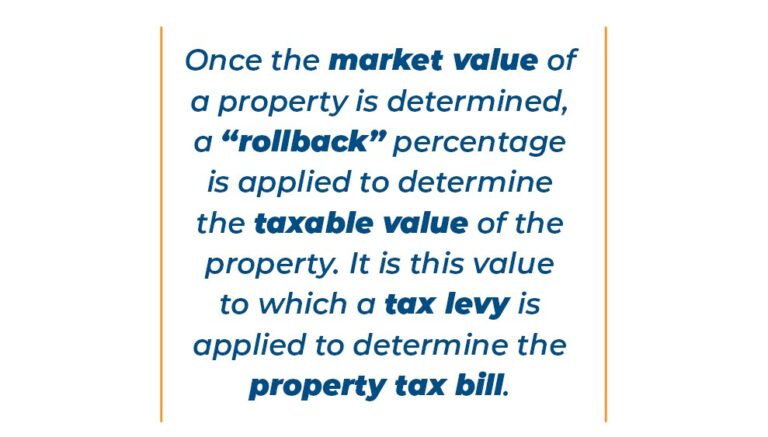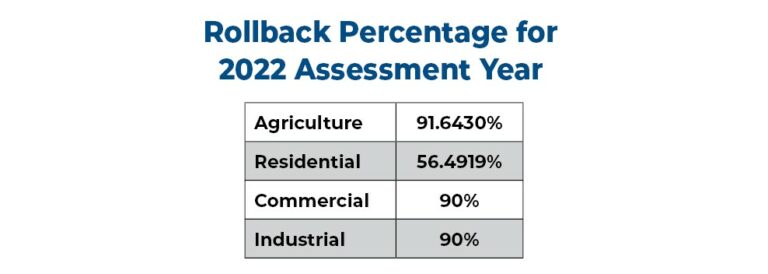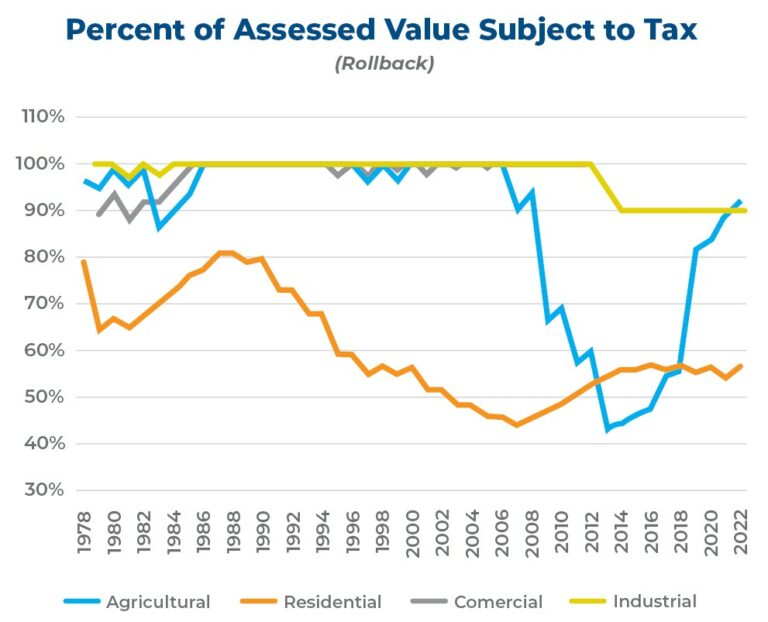Iowa is one of 18 states that have assessment limitations to limit the growth of property taxes. Iowa is somewhat unique, however, because there is no limitation on property subject to rollback. Once calculated, it applies to all properties, even new construction.
The property tax revolts of the late 1970s constituted the most significant property tax limitation movement in our nation’s history. The number of property tax limitations states imposed on local governments nearly doubled between 1969 and 1989, and Iowa was among the participants. Early limits targeted tax rates and levies, although assessment limits became popular in the 1970s during America’s experience of record inflation. At the time, annual property values increased at double-digit rates, pulling tax bills along with them.

Iowa was not immune to the inflation, especially in farm values, and the legislature sought to continue the practice of assessing residential property at fair market value while limiting the increase of taxable value in any given year. To cushion the effects of high inflation and shift more of the burden of school finance to the state’s General Fund, the legislature passed a statewide “rollback” in 1978.

From the taxpayer’s perspective, the rollback percentage provides the amount of a property’s assessed value that is subject to taxation. For example, if a home has an assessed value of $250,000 and is subject to a 50% rollback, then its taxable value is $125,000. In addition to reducing the taxable value, the law limits the statewide growth to 3% of taxable value resulting from revaluation of existing properties. The rollback of agricultural property follows a different assessment process. Agricultural land is assessed using a productivity formula and a five-year rolling average, sometimes taking two to three years before changes in crop prices are reflected in assessments.
The rollback was first applied in 1978, permitting 6% growth in the taxable value of agricultural and residential property. From 1980 through 2012, the allowable growth rate was reduced to 4%. Beginning in 2013, the growth limit is 3%, and the rollback for industrial and commercial property is 90%. For a complete history of Iowa’s rollback, click here.


Today, Iowa is one of 18 states (and the District of Columbia) that have assessment limitations to limit the growth of property taxes. Iowa is somewhat unique, however, because there is no limitation on property subject to rollback. Once calculated, it applies to all properties, even new construction.
Iowa’s rollback is also unique because, in addition to the 3% limit, residential and agricultural property values are linked. Under this provision, known as the “ag tie,” annual growth in one class cannot outstrip that of the other, meaning residential and agricultural property values may only increase at the lower rate of the two. Simply put, if agricultural land value decreases in any given assessment year, then the allowable growth for residential property is zero. So far, residential growth has never limited agricultural taxable values. On the other hand, agricultural growth limited residential taxable value growth for most years from 1986 through 2006.
Examples:

Source: LSA
